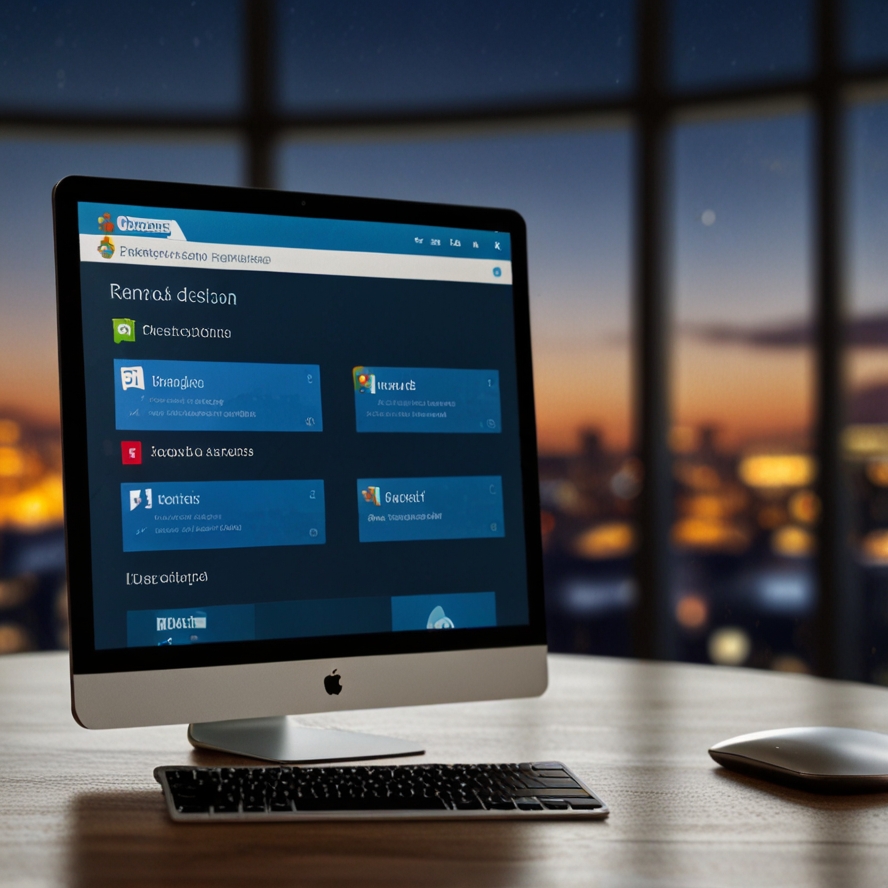Traditional education models have undergone significant transformation with the advent of remote desktop access technology. Instead of being confined to traditional classrooms, students and educators can now connect virtually from any location, accessing educational resources, interactive tools, and collaborative platforms with ease.
1. Accessibility and Inclusivity
Icon: Accessibility
Remote desktop access promotes accessibility by providing students with flexible learning opportunities regardless of geographical location or physical abilities. Rural communities, underserved areas, and students with disabilities benefit from access to quality education resources previously unavailable to them, leveling the playing field and promoting inclusivity in education.
2. Flexibility in Learning
Icon: Flexibility
Flexibility is a cornerstone of remote desktop access in education. Students can attend classes, complete assignments, and participate in discussions remotely, accommodating diverse schedules, personal commitments, and learning preferences. This flexibility empowers learners to manage their own pace of learning and balance academic pursuits with other responsibilities.
3. Collaboration and Interaction
Icon: Collaboration
Remote desktop access facilitates collaboration among students, educators, and peers across different locations. Virtual classrooms enable real-time interaction through video conferencing, chat functions, and collaborative tools, fostering meaningful discussions, group projects, and peer-to-peer learning experiences. This collaborative environment enhances engagement and promotes active participation in educational activities.
4. Access to Specialized Resources
Icon: Resources
Educational institutions can leverage remote desktop access to provide students with access to specialized software, databases, and virtual labs that are essential for coursework in fields such as science, engineering, and healthcare. This access ensures that students have hands-on experience with industry-standard tools and resources, preparing them for future careers in their respective fields.
5. Cost Efficiency for Institutions
Icon: Cost Efficiency
Remote desktop access offers cost-effective solutions for educational institutions by minimizing infrastructure costs associated with maintaining physical computer labs and software licenses. Centralized management of virtual desktops and applications reduces IT overhead, allowing institutions to allocate resources more efficiently towards enhancing educational programs and student support services.
6. Enhanced Security and Data Protection
Icon: Security
Security is paramount in remote desktop access solutions deployed in educational settings. Encryption protocols, secure authentication methods, and compliance with data privacy regulations safeguard sensitive student information and intellectual property. Institutions prioritize cybersecurity measures to protect against threats and ensure a safe learning environment for all stakeholders.
7. Remote Teaching and Professional Development
Icon: Professional Development
Remote desktop access empowers educators to conduct virtual lectures, workshops, and professional development sessions for continuous learning and skills enhancement. Teachers can collaborate with peers globally, share best practices, and explore innovative teaching methodologies through online platforms, enhancing their teaching effectiveness and professional growth.
8. Support for Hybrid Learning Models
Icon: Hybrid Learning
The integration of remote desktop access supports hybrid learning models, where students participate in a combination of in-person and virtual learning experiences. This approach accommodates diverse learning preferences, promotes engagement, and adapts to evolving educational needs and challenges, such as unexpected disruptions or health-related concerns.
9. Empowering Lifelong Learners
Icon: Lifelong Learning
Remote desktop access encourages lifelong learning by providing continuous access to educational resources, professional development opportunities, and online learning communities. Students and educators alike can pursue academic interests, acquire new skills, and stay updated with advancements in their fields, fostering a culture of lifelong learning and intellectual curiosity.
10. Innovation in Educational Technology
Icon: Innovation
The adoption of remote desktop access drives innovation in educational technology, inspiring the development of new learning platforms, adaptive learning systems, and virtual reality applications. Institutions leverage emerging technologies to create immersive learning experiences that engage students, stimulate critical thinking, and prepare them for future careers in a digital-centric world.
Conclusion
Remote desktop access is revolutionizing education by extending learning opportunities beyond physical boundaries, fostering inclusivity, promoting collaboration, and enhancing educational outcomes. As educational institutions embrace technology-enabled learning environments, they empower students and educators to thrive in a globalized, knowledge-driven society.
Icon: Success
Discover more about the transformative impact of remote desktop access in education at cloudgaminghub. Explore expert insights, case studies, and best practices to harness the power of technology for enhanced learning experiences and educational excellence.
Icon: Arrow pointing to Learn More
Unlock the potential of remote desktop access to reshape education and empower learners worldwide.

No responses yet